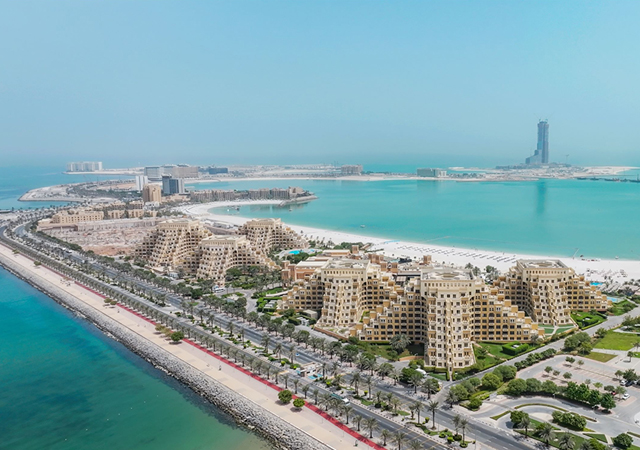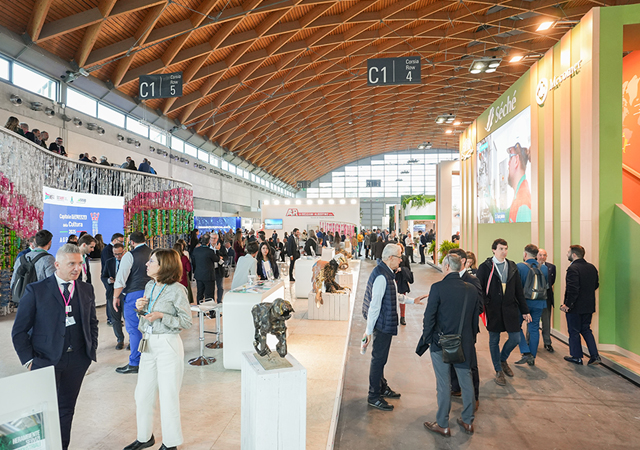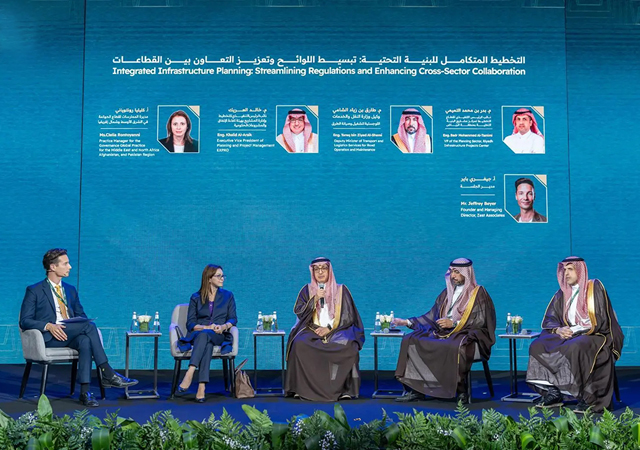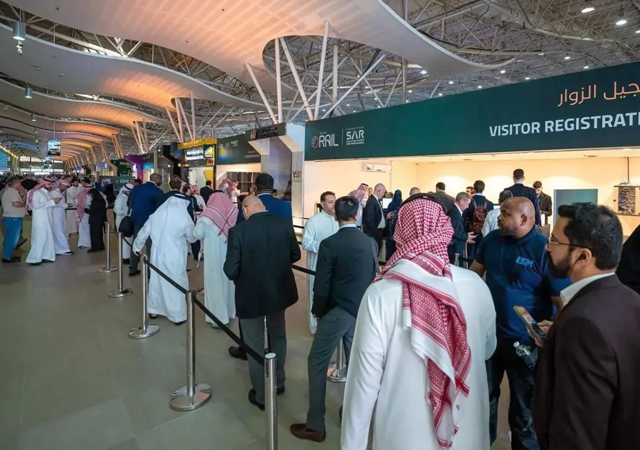
The Malaysian Timber Council (MTC), which set up shop in Dubai – its biggest market in the Gulf – five years ago, is optimistic about a further growth in business following the launch of several multi-million-dollar projects in the emirate.
While the Middle East continues to remain one of the major markets for Malaysia’s timber, the UAE has accounted for more than 30 per cent of its total timber exports to the region. The main exports to the country in 2001 were sawn timber, medium density fibreboard, plywood and furniture – wooden and rattan.
“Over the past three decades, Malaysia has successfully transformed from an exporter of logs and primary processed/intermediate products into a leading exporter of high-quality value-added finished timber products,” says a Dubai-based spokesman for MTC.
For over a decade, the MTC has been working towards ensuring the sustainability of the Malaysian timber industry by improving its competitiveness, enhancing market access and creating trade opportunities. To a large extent, the efforts seem to have paid off, as the country’s timber industry has become a leading producer and exporter of MDF in the global market and is looking towards further growth.
Malaysia’s MDF manufacturing industry grew out of an initiative by the Ministry of Primary Industries to exploit the large volume of resources of rubberwood available in the country. A number of government and private sector organisations, including the Forest Research Institute of Malaysia (FRIM), Malaysian Rubber Board, Standards and Industrial Research Institute of Malaysia and the Malaysian Timber Industry Board have coordinated research and development (R&D) in rubberwood utilisation, especially for the production of treated and dried sawn timber and the manufacture of wood panels.
“Research by FRIM and other organisations demonstrated that rubberwood was particularly suitable for MDF manufacture, producing a light-coloured panel with high surface density and good machining characteristics. This led to the birth of MDF manufacturing in Malaysia, utilising the rubberwood branches from the trees harvested,” says a spokesman for the council.
Since MDF manufacturing first commenced in Malaysia in 1989, the industry has expanded rapidly. Today, the country is considered the third largest exporting country in the world behind Italy and Canada and the sixth largest producing country. Currently, the production capacity of the industry stands at 1.16 million cu m with 13 production lines from nine companies seven of which are in Peninsular Malaysia and two in Sarawak.
Over the period, MDF manufacturers have also resolved any drawbacks that rubberwood MDF may have had.
Elaborates the spokesman: “While rubberwood has many excellent characteristics for use as a furnish for MDF manufacture, one inherent drawback faced by Malaysian MDF manufacturers is that the latex, which exudes after harvesting coagulates at the log ends. This is not easy to fully remove in the debarking process and some residual rubber finds its way to the surface of finished panels, which can degrade its suitability for top-end applications.
“Rubberwood MDF initially suffered a price discount in the market against the traditional pine MDF owing to the drawback. Local MDF manufacturers, who saw this as a major challenge, developed techniques that minimise the extent of rubber spotting on the surface of finished panels resulting in rubber-wood MDF getting an equal footing with pine MDF, and its wide acceptance in the global markets.”
Malaysian MDF manufacturers offer a broad range of products including: regular density panels (E1, E2, moisture resistant); other densities (high density up to 900, low density down to 600); value-added panels (melamine and paper-laminated, veneered, printed); and special products (wrapped mouldings, wall panelling, melamine-laminated flooring, door skins).
The driving force behind the surging demand for MDF in Malaysia’s markets is the strong growth in the furniture industry, says the spokesman, adding: “In much of Asia, the furniture industry is export-oriented, with major markets in the US, Europe and Australia, as well as strong markers within Asia such as Japan, Hong Kong and Singapore. Furniture manufacturing is also showing strong growth in the Middle East and India for domestic consumption. It is this growth in furniture manufacturing, which has mainly caused demand for MDF in Asia Pacific to catch up with supply earlier than some forecasts.”
With a substantial volume of Malaysian MDF used in furniture manufacturing, there are already strong ties between the two industries. Opportunities for enhancing these ties will come about by MDF manufacturers working closely with furniture manufacturers and offering and developing specialty panels. A few of the fiberboard manufacturers have already developed close ties with the furniture industry and this has proven to be beneficial to both the industries. Opportunities also exist for greater MDF usage in the building industry for applications such as wall panels, ceilings, stair treads, skirting and architraves.
Conventional techniques for building construction in Asia are geared around the use of concrete and steel for structural elements, and brick and cement rendering for non-load-bearing elements such as dividing walls. MDF has great potential as a substitute for the latter in building interiors, says the spokesman.
Malaysian MDF manufacturers have established a strong international position in the industry, with a quality product of which approximately 80 per cent is exported worldwide. The earlier rivalry between manufacturers has given way to close cooperation in the South East Asian region, with the sharing of market intelligence, technical know-how, and common issues such as government interventions, leading to a cohesive industry with a better ability to react to any developments and trends, says the spokesman.
Representing only two per cent of total wood consumption and eight per cent of total panel consumption worldwide, MDF demand has enormous upside potential. Continuation of the high rates of growth consistently experienced over the past decade is expected due to the inherently attractive features of MDF for end-users, the increasing scarcity of wood products from natural forests, and the environmental benefits of utilising wood residues for the manufacture of wood panels.
While the demand for MDF is confidently predicted to maintain the high growth rates of the past, the future is likely to see overwhelming increases in capacity. The challenge for Malaysian manufacturers will be to maintain their competitiveness on both cost and quality to be able to remain viable during the inevitable cyclic downturns in price.



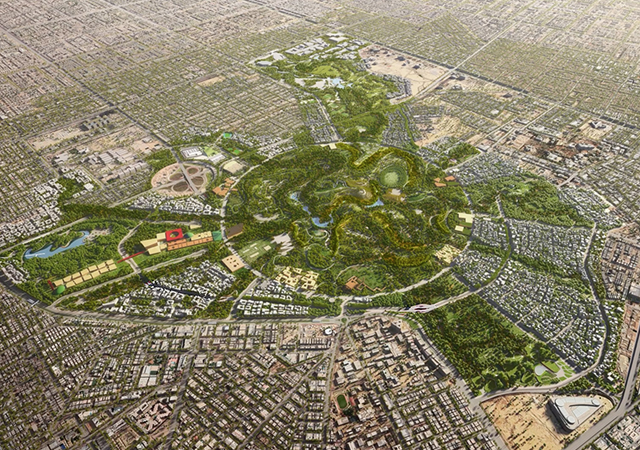
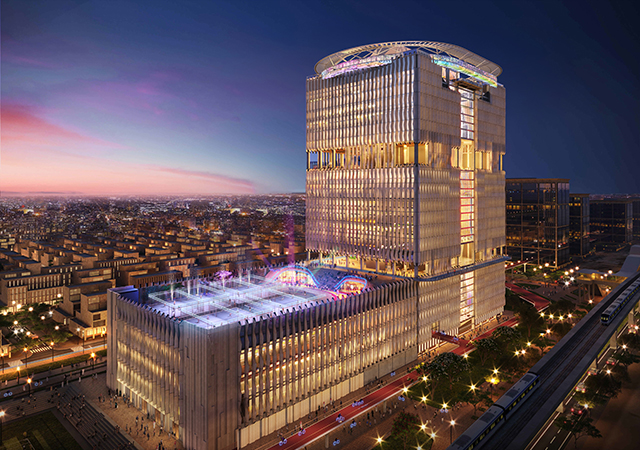
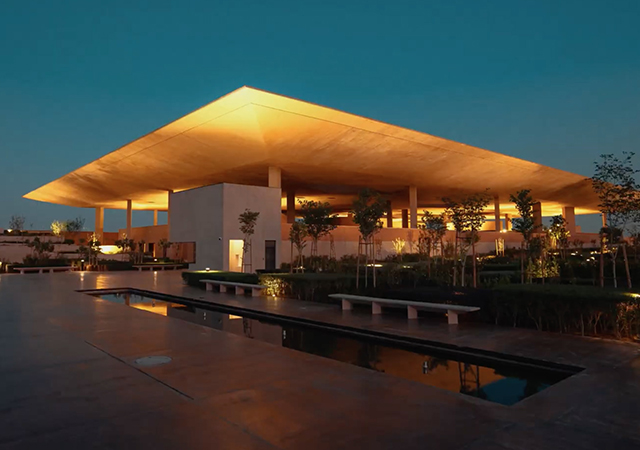
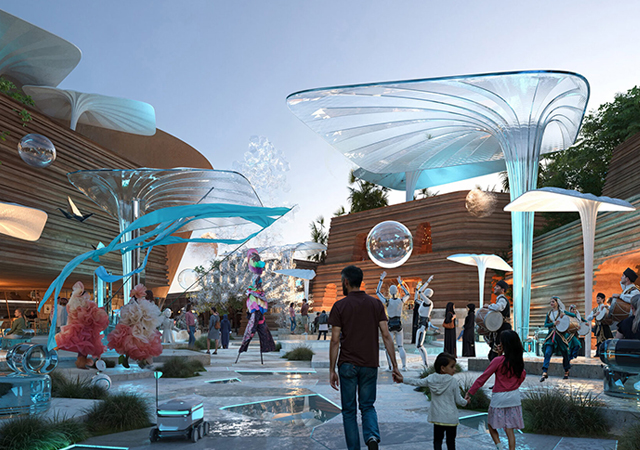
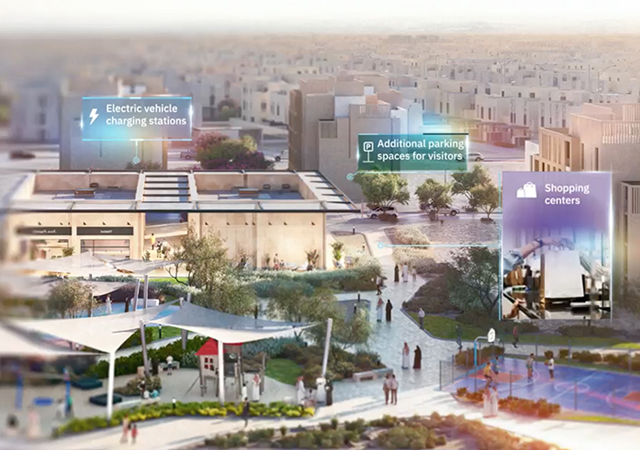
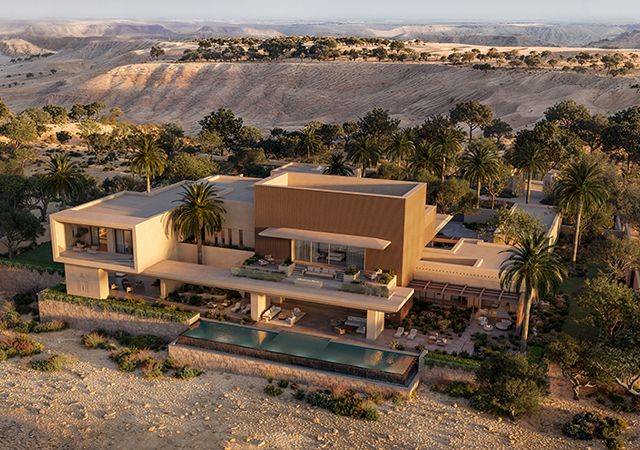
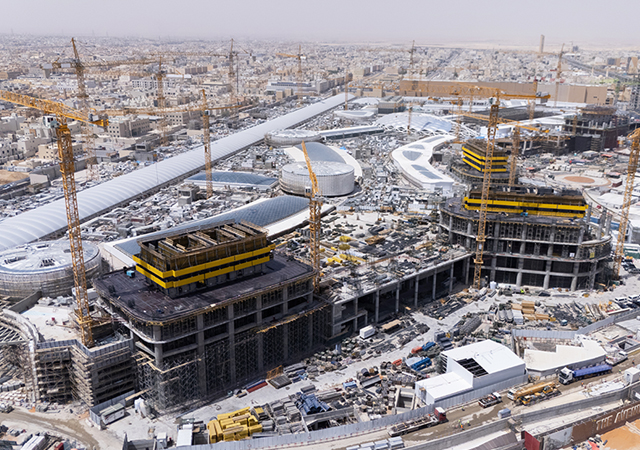
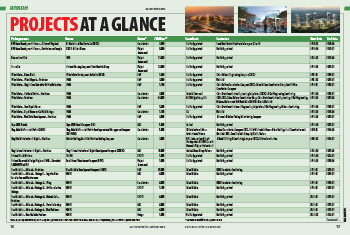
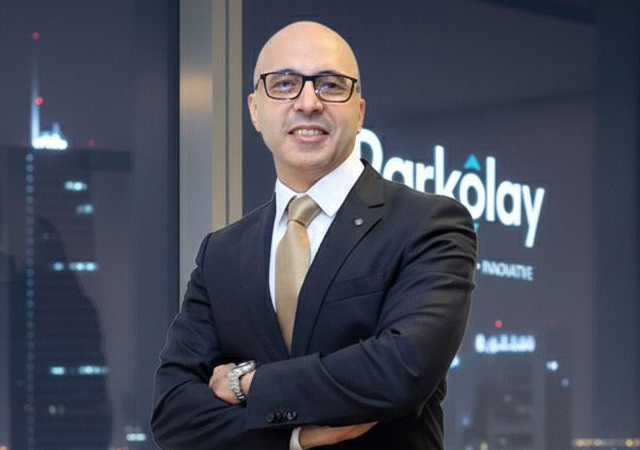
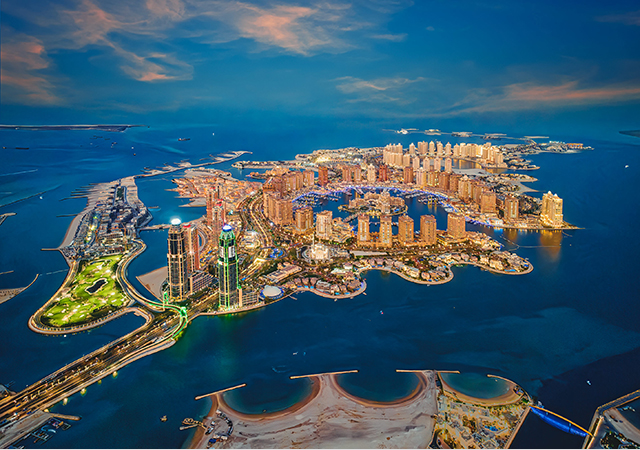

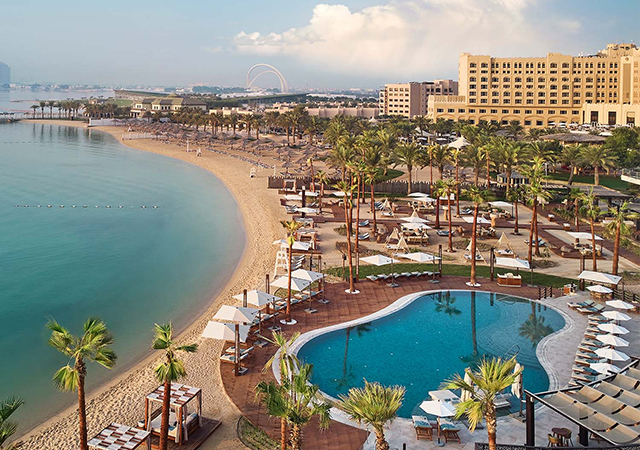
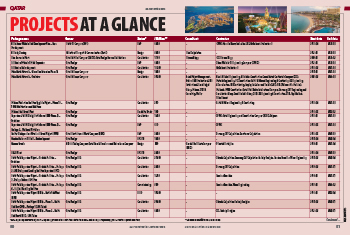
.jpg)
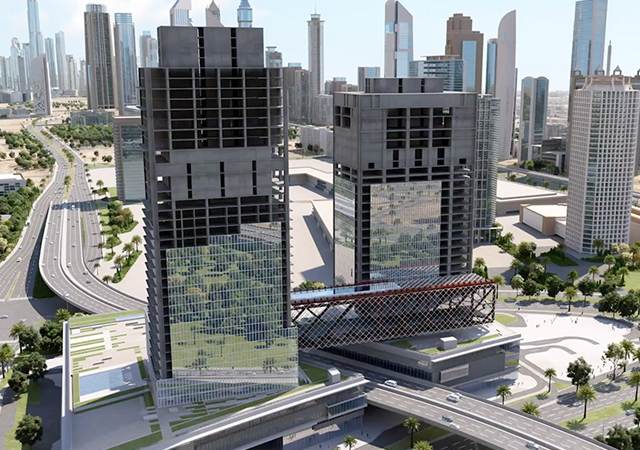


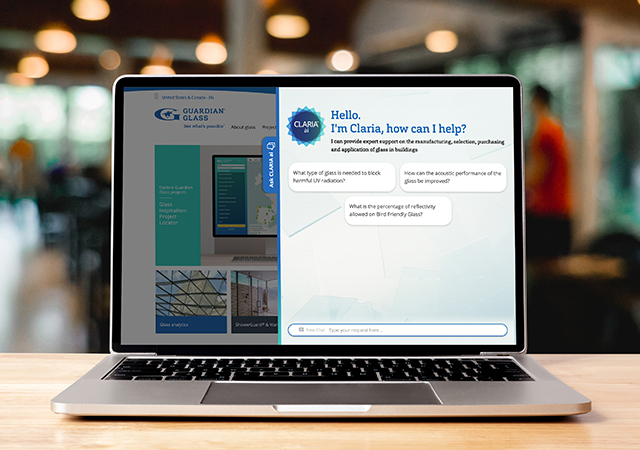

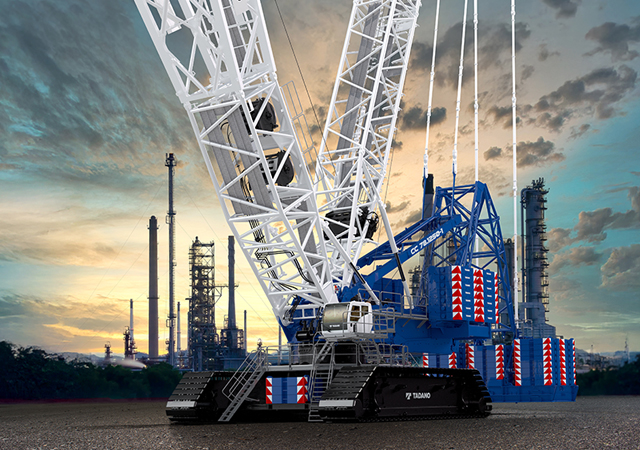
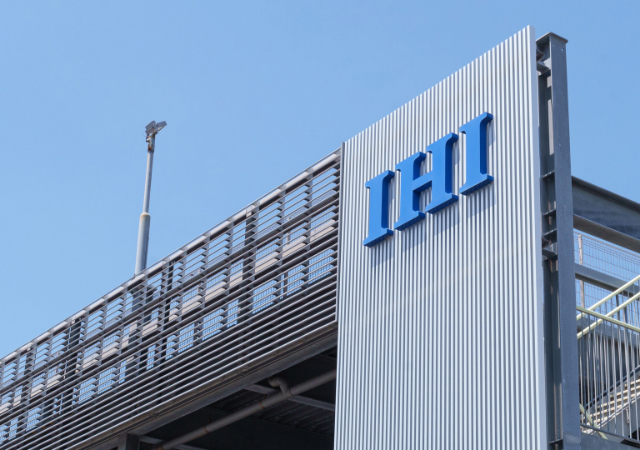

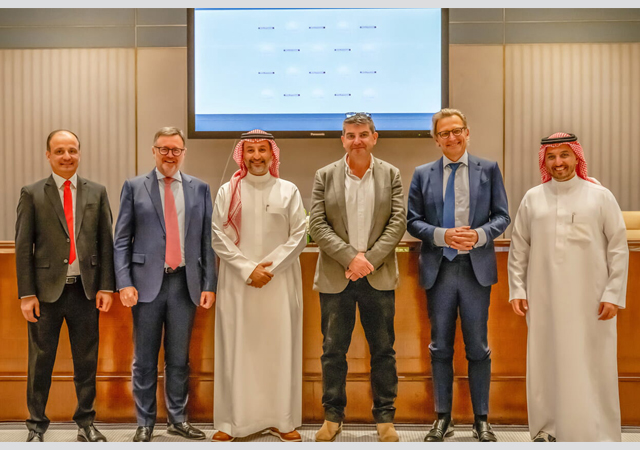

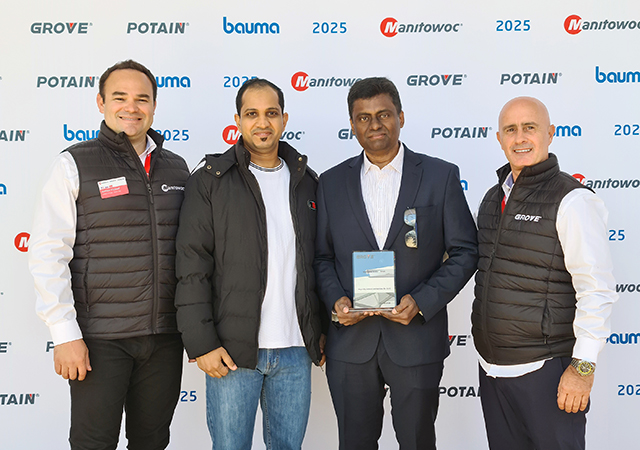
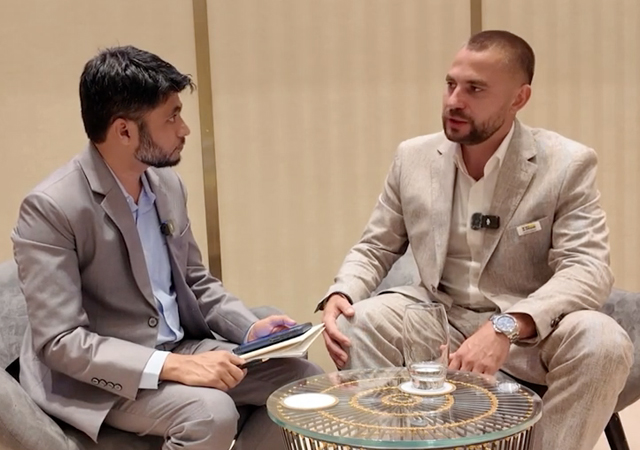
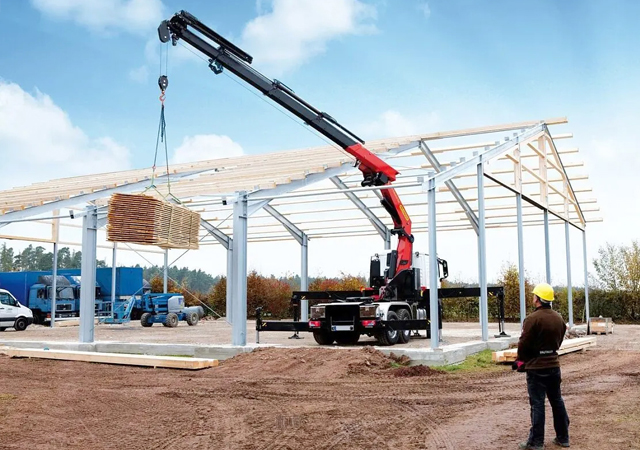
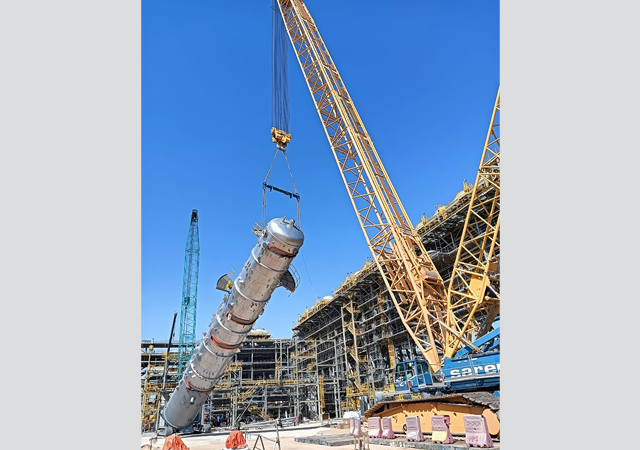
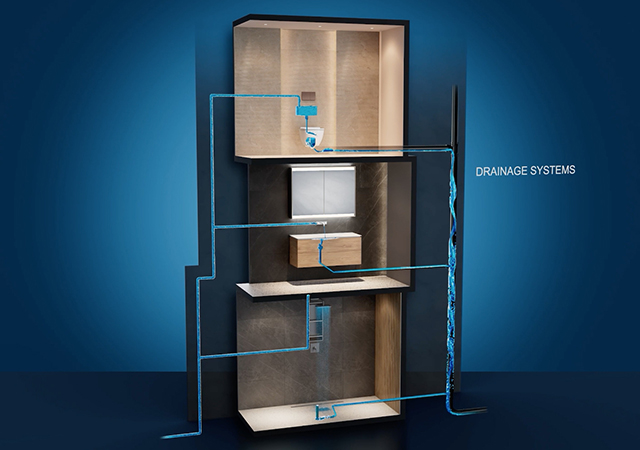
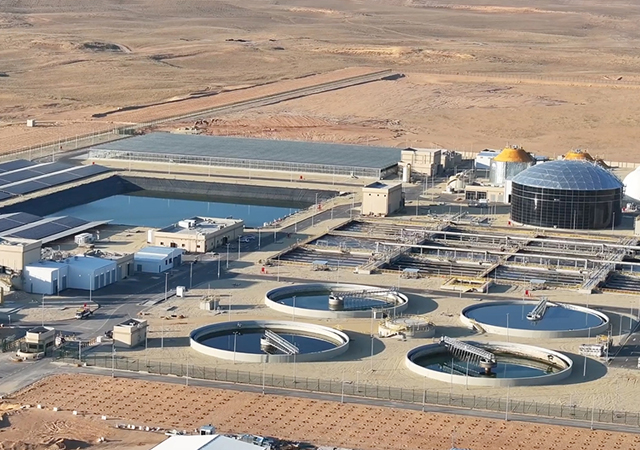


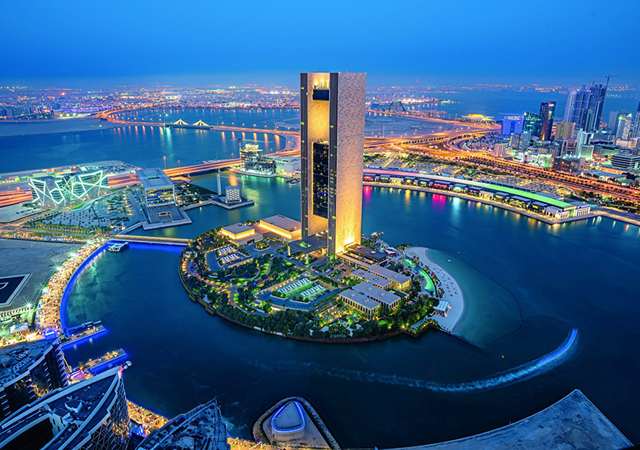
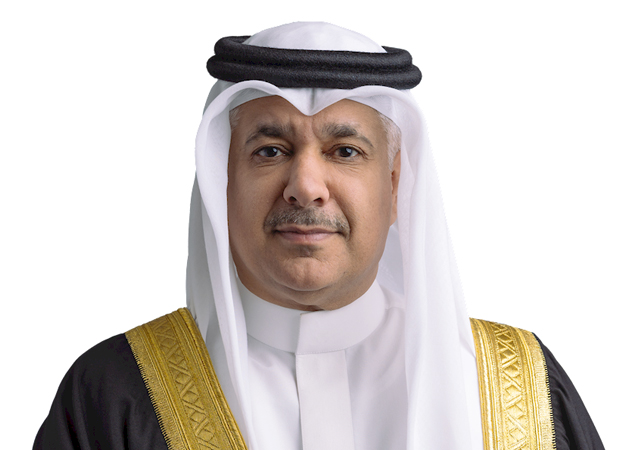
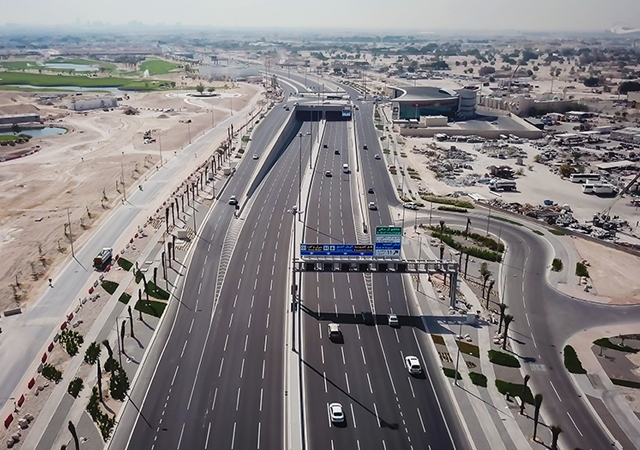
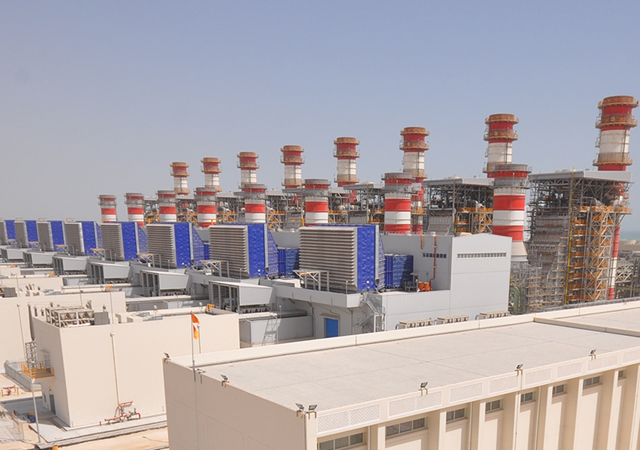
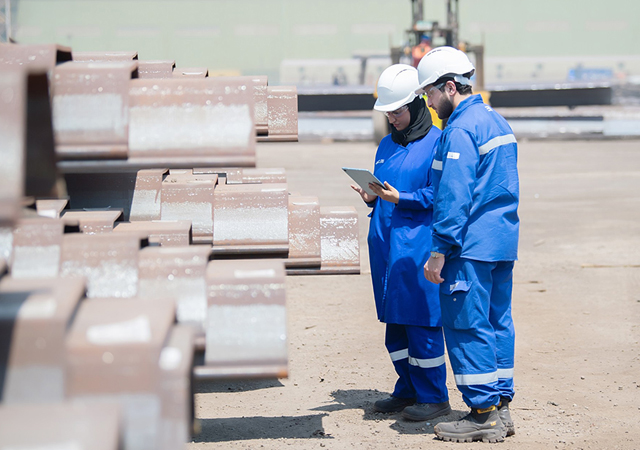
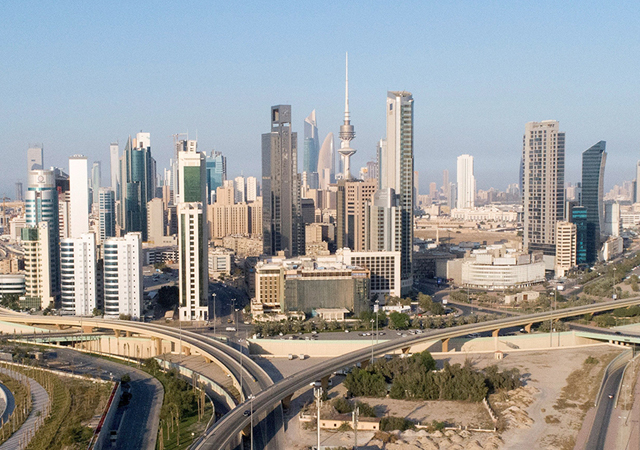

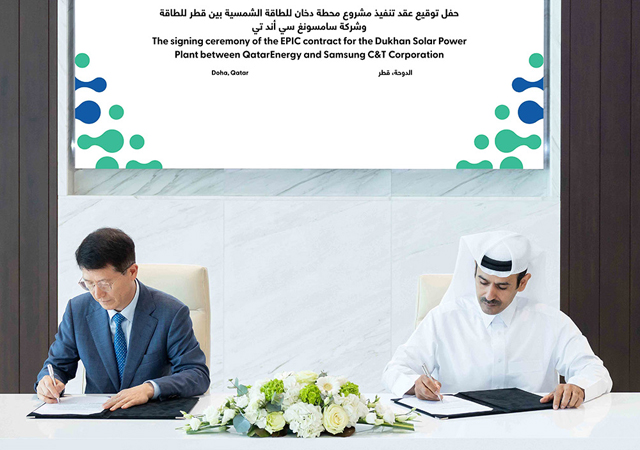
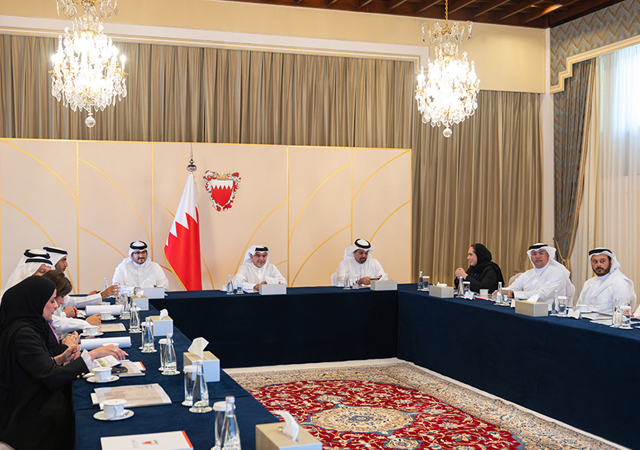


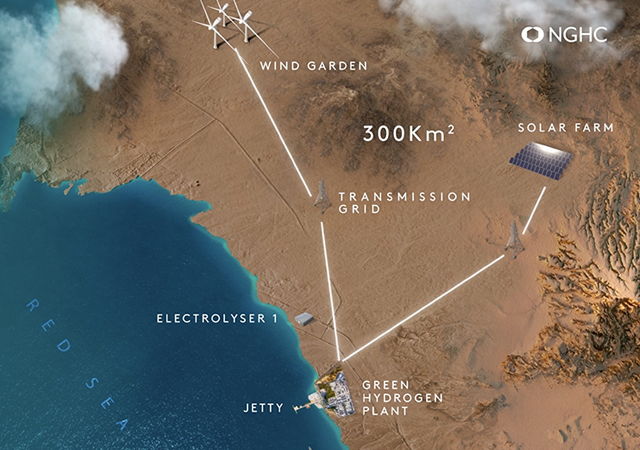
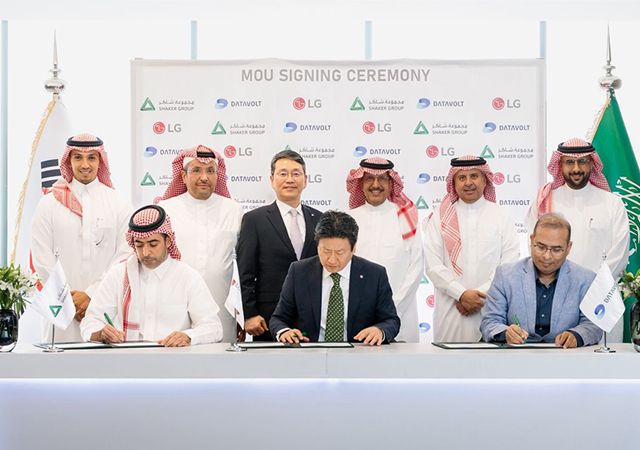
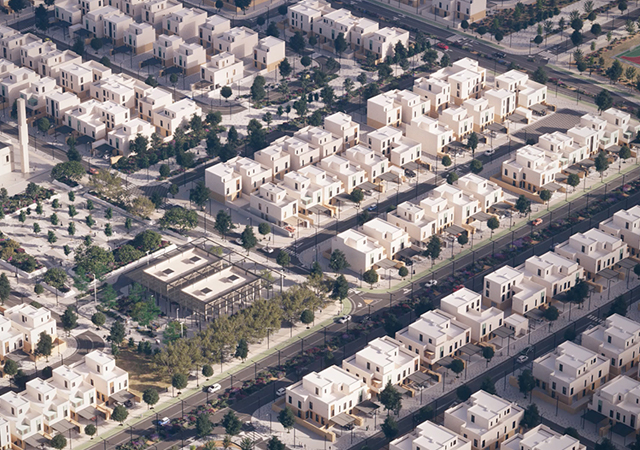
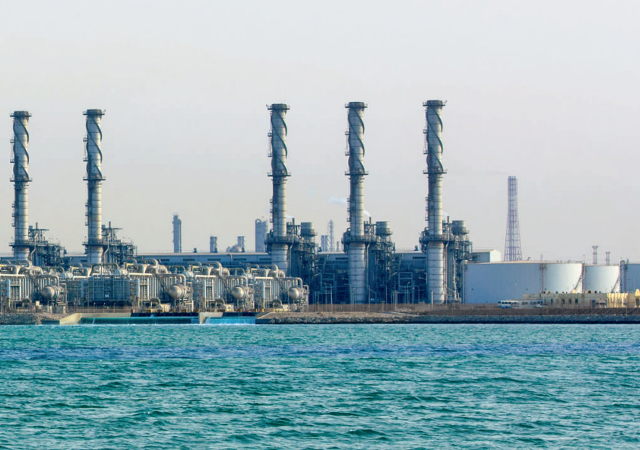

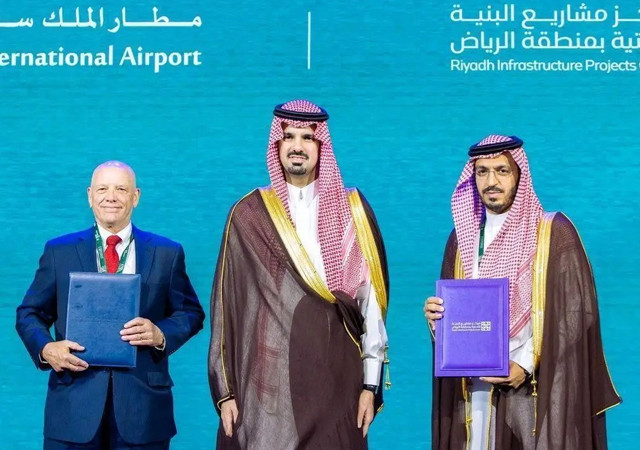
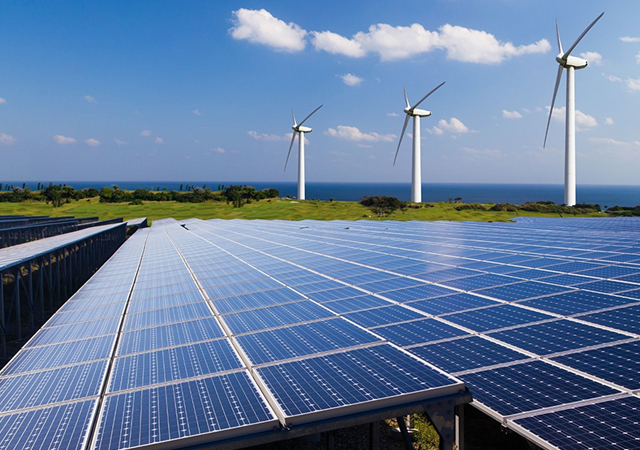
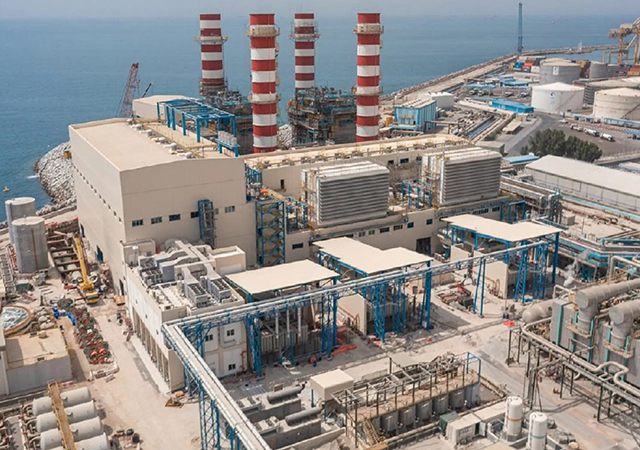
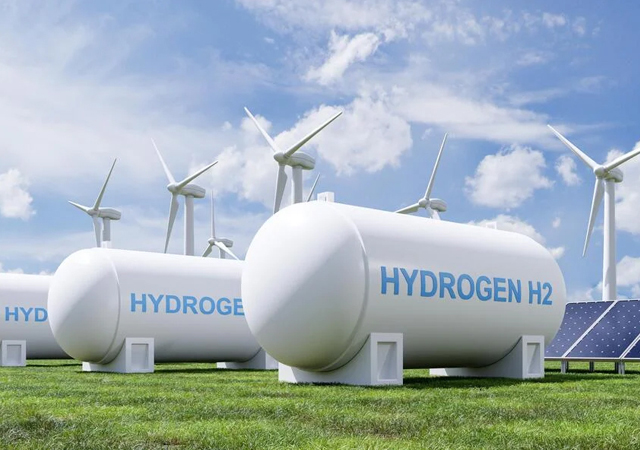

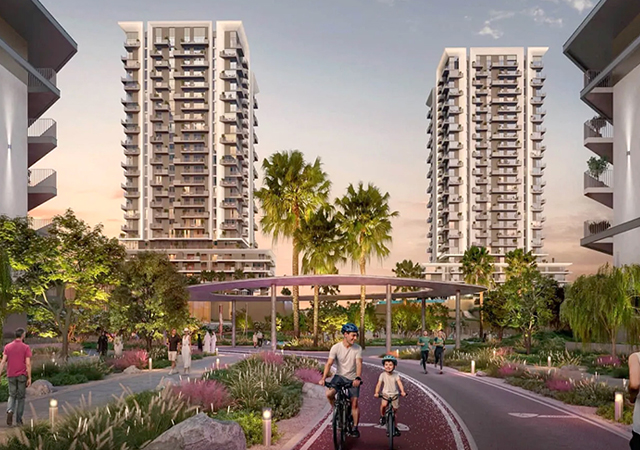

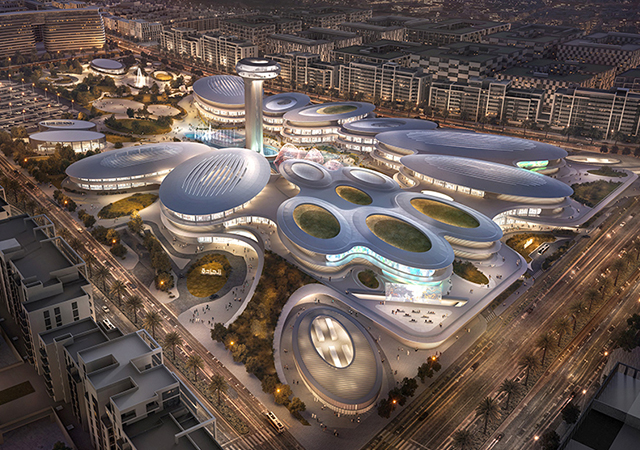

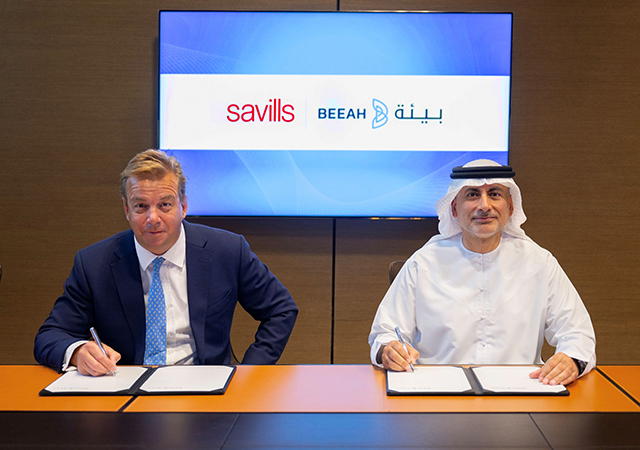
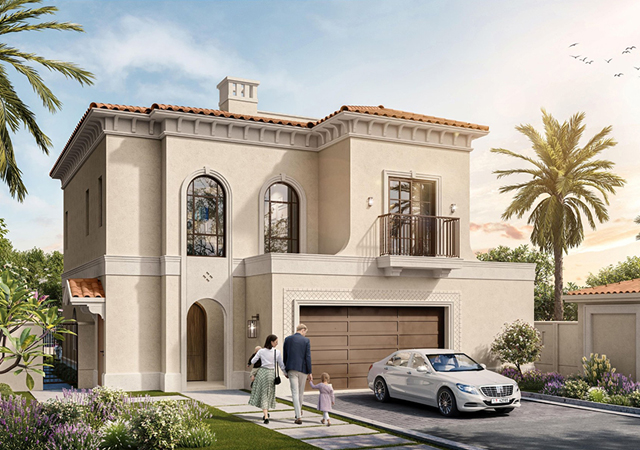
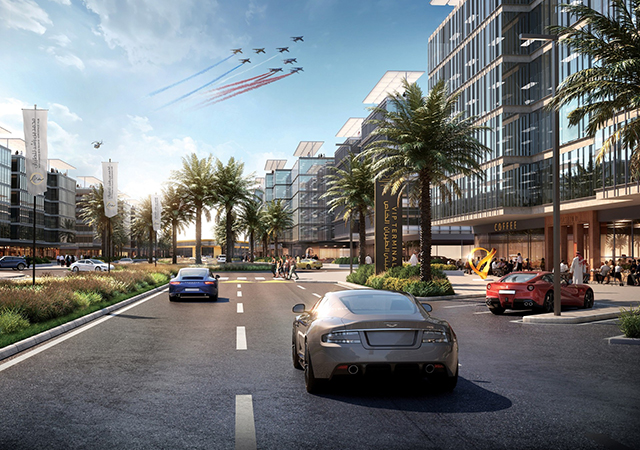
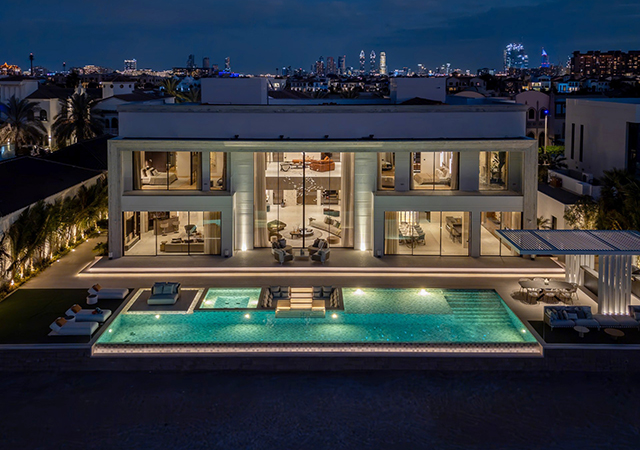
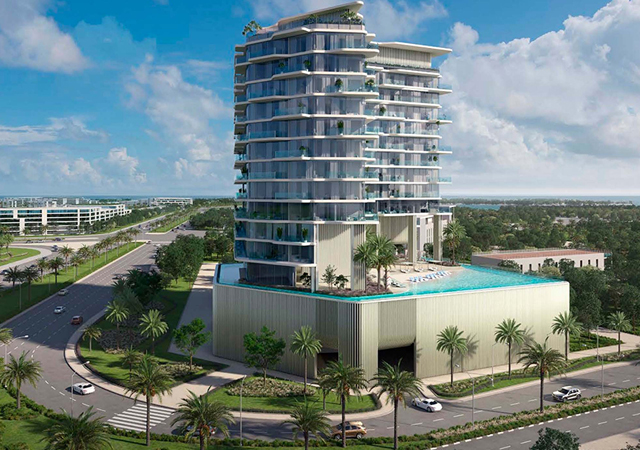
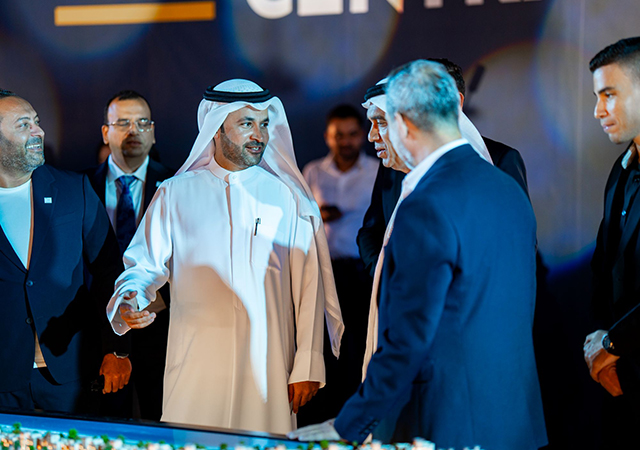

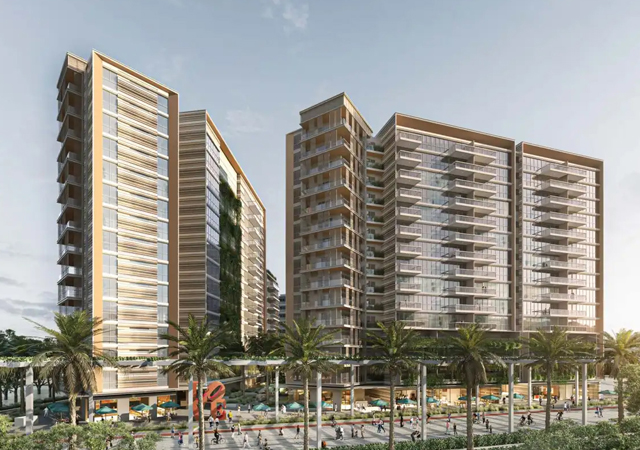

.jpg)
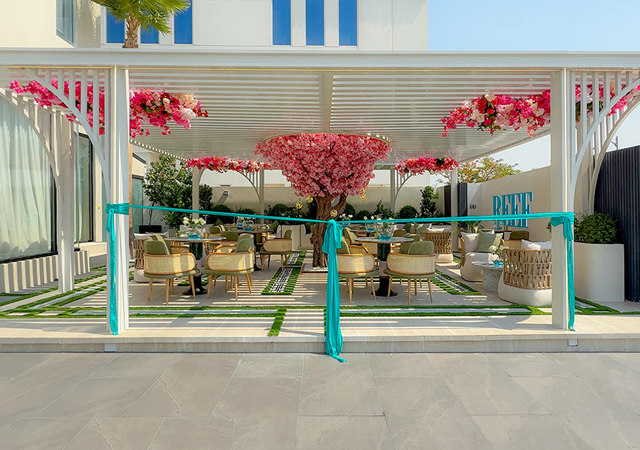
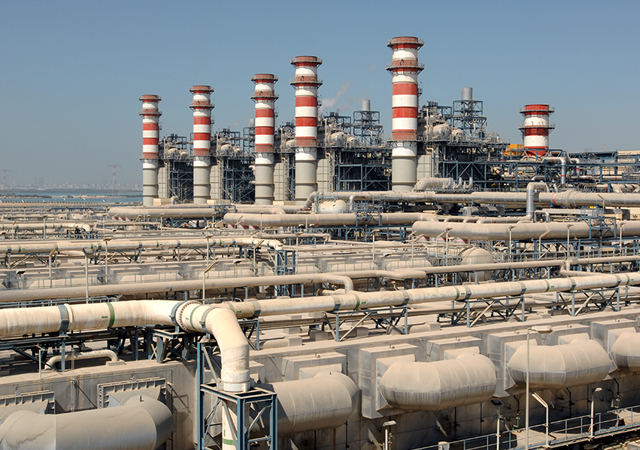
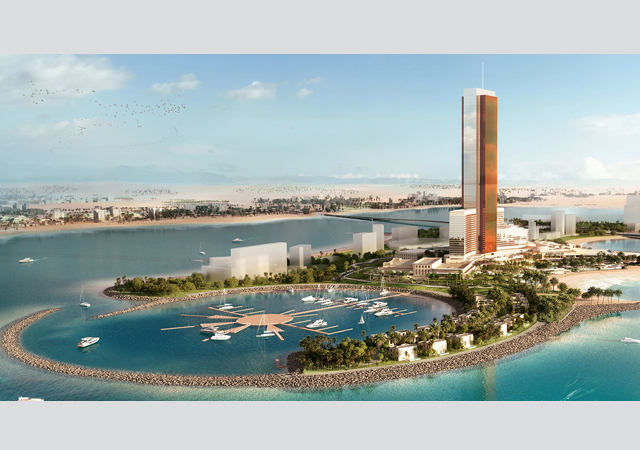

.jpg)
